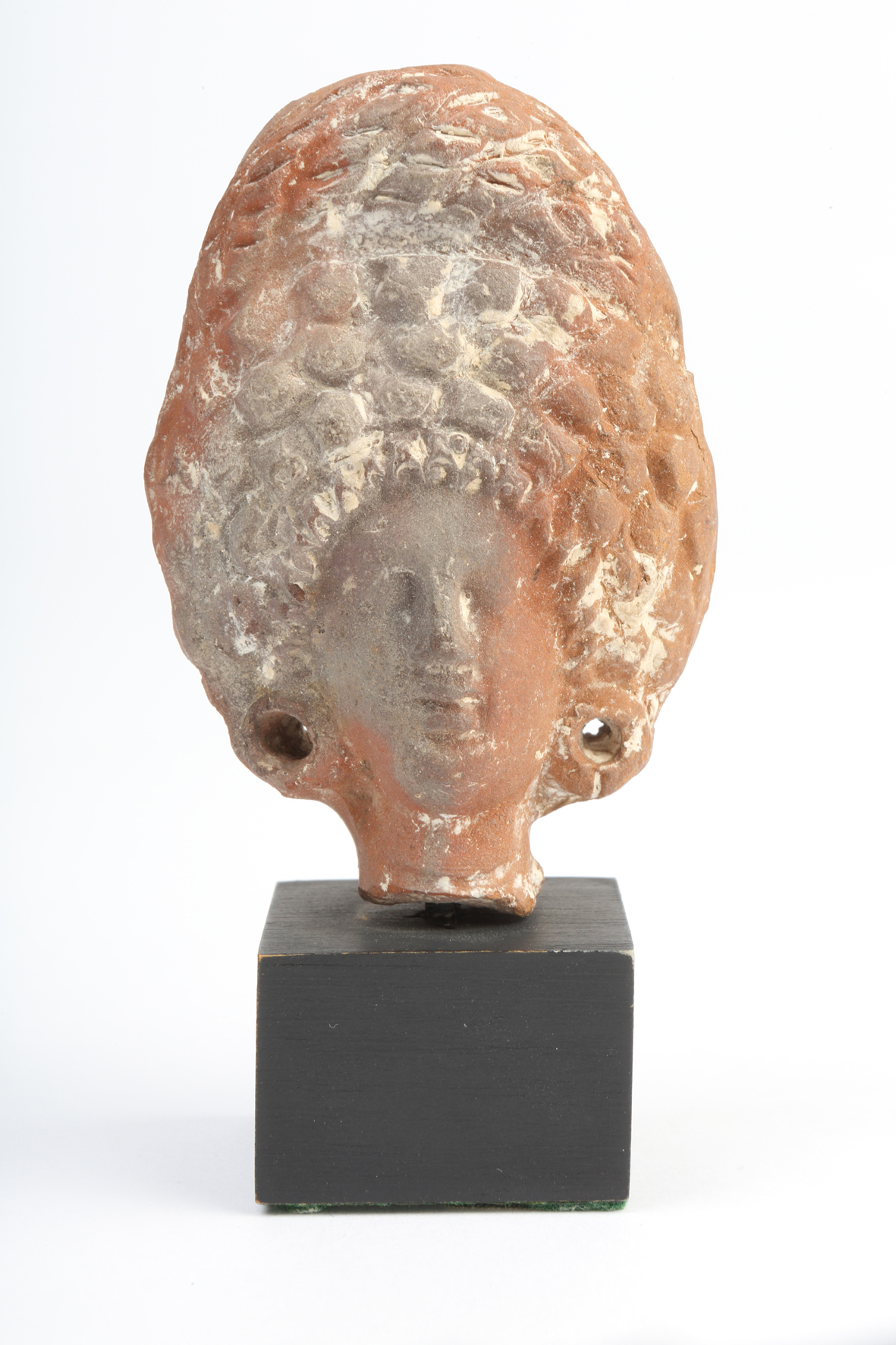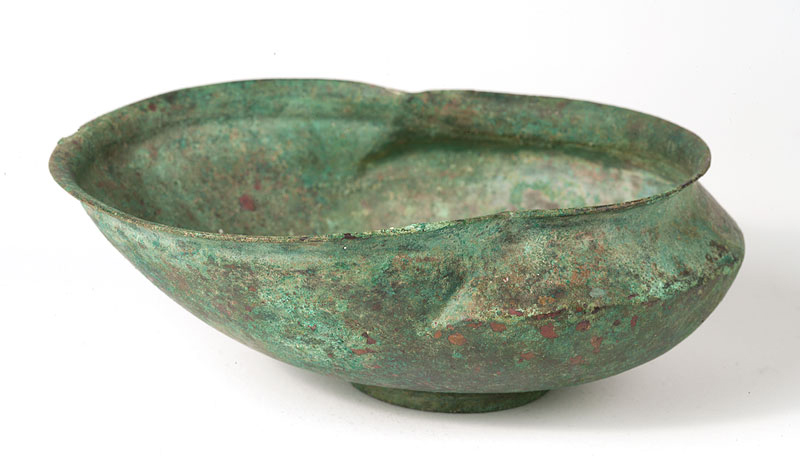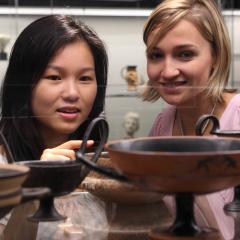The extravagant lifestyle of the Roman Empire is on show at The University of Queensland in a new exhibition at the RD Milns Antiquities Museum.
Useless Beauty: Luxury and Rome showcases more than 50 Roman artefacts, including stunning jewellery, perfume vases and tableware.

UQ Museum Director and Curator Dr Janette McWilliam said the event highlighted the Roman concept of luxuria – extravagance, luxury, excess.
“According to tradition, true Roman morals were shaped only by frugal practices However, during the Republican period Rome began to develop a taste for foreign imports and extravagant lifestyles,” Dr McWilliam said.
“The exhibition explores the tension between Roman moralists, who believed luxuria undermined this traditional social and political order, and a developing culture of consumption enjoyed by both men and women of different social classes.”
Many objects on display will be recognisable to modern audiences.
“Roman hairstyles followed various trends, as happens today,” Dr McWilliam said.
“Elaborate wigs, hair extensions and various methods of creating volume and height were all used at different times in the Roman period.
“Perfumes were also popular. Some were extremely expensive, made from exotic imported ingredients.”

Co-curator and lecturer in Classics and Ancient History Dr Shushma Malik said her favourite object in Useless Beauty was a Roman bronze bath-scoop.
“The shell-shaped bath scoop shows us the sort of implements the Romans used when bathing. It’s a beautifully ornate and luxurious object,” Dr Malik said.
The exhibition brings together artefacts from the museum's own collection along with important works from the Abbey Museum of Art and Archaeology at Caboolture and the John Elliott Classics Museum at the University of Tasmania.
A special exhibition viewing, accompanied by the curators, is scheduled for Saturday 11 June 2016.
This article was first published by UQ News. View original article here.



